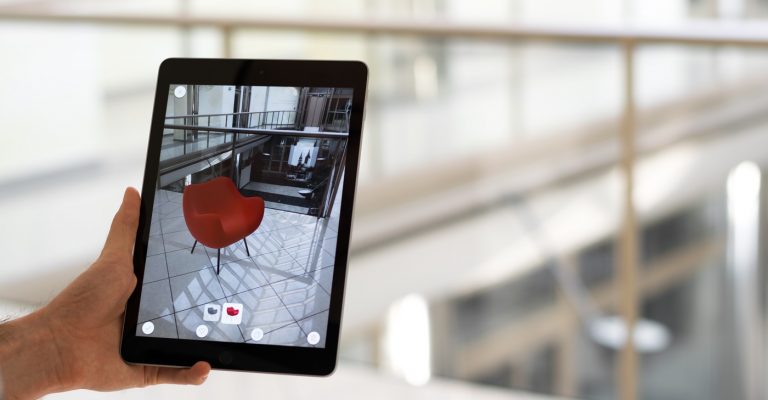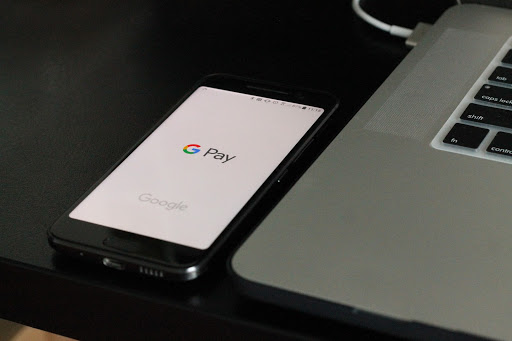The events of 2020 have changed buying behaviours on a global scale. In research published in November, 61% of shoppers from the U.S and the U.K state that their shopping habits will remain online after the pandemic, indicating a permanent shift towards ecommerce. I can personally vouch for that: I will never do my weekly supermarket shop in store again, what was I thinking? From pandemic through to peak, 2020 has accelerated the shift from brick-and-mortar to online.
The pandemic has also amplified demand for better online experiences and next year we’ll see consolidation of the behaviours and trends that emerged during 2020, including your customers’ expectations for a seamless omnichannel experience. Looking ahead, how retailers deliver and connect online experiences – and ensure their operational systems are up to the task – will be critical to their success.
Here are a handful of predictions for the year ahead and some recommendations on how to leverage the opportunity that post-pandemic ecommerce presents:
1. PWA will become the norm
By the end of 2021, mobile devices are expected to make almost 73% of total ecommerce sales; meanwhile 52% of people say that they’re less likely to re-engage with a brand after they’ve had a poor mobile experience, meaning it’s never been more important to provide a seamless, shopping experience across all devices, mobile-first.
In order to provide an optimal mobile experience, a growing number of our customers, like Swoon and Selco, have chosen a progressive web application (PWA). A PWA is an app built from web technologies like HTML, CSS and JavaScript but with a feel and functionality that rivals an actual native app. PWA’s live on a user’s home screen and load instantly regardless of whether the user is online. They’re reliable, incredibly fast and deliver a highly engaging user experience. As more and more consumers come to expect an omnichannel experience from their favourite retail brands, the use of PWAs in ecommerce will soon be seen as an essential part of the customer experience. If you’re replatforming in 2021, consider PWA as part of your strategy.
2. AI will continue to power personalised shopping experiences
AI-driven search and merchandising (with PIM) has massively improved the customer experience for maternity wear retailer Seraphine. By integrating advanced visual merchandising with their ecommerce platform (Magento 2) Seraphine can serve up different products to customers in the same market. For example, in the U.S, customers on the east coast see different products to customers on the west coast, giving audiences hyper-relevant, localised brand experiences. And because the technology at the core of the search tool uses machine learning, personalisation gets smarter and more intuitive as more visitors use search and merchandisers refine the results.
Interactive assistance, such as voice search and AR, will catch up with chatbots and be mainstream in 2021. These forms of AI connect with customers and help build the relationship between them and your business, in fact, one study found that more than 60% of customers prefer to converse with bots and other self-service tools, as opposed to humans. It’s predicted that by 2021, those who have redesigned their websites to support voice search capabilities will increase revenue by 30%.

A personalised shopping experience powered by data collection and segmentation will be essential in 2021. Expect to see more conversational commerce, via chatbots and voice-enabled shopping assistants, immersive shopping through AR and biometric technology.
3. An increase in the number of marketplace retailers and the services they offer
This year Amazon launched its new reporting platform, Brand Analytics, giving more opportunities for brands to leverage data and testing. With Amazon improving the data they provide brands, staying up-to-date on the latest platform features and opportunities will be necessary to compete. Simply enabling third-party sellers alone won’t be enough, as competition grows in the platform economy, advanced marketplace capabilities will be the differentiator needed to lead the platform revolution.
The UK’s fastest growing marketplace, OnBuy.com, is onboarding 500 new retailers every month as consumers look for alternatives to behemoth Amazon. As they grow, OnBuy.com are continually looking at ways to improve the customer and seller experience, with sellers taking more control of their products’ merchandising, while getting direct access to the customer via an online Q&A.
Having brought on a number of new retailers during the pandemic, niche marketplace Secret Sales, has experienced a 700% growth curve in 2020. As an off-price channel, they provide retailers with an online “clearance” outlet, meaning retailers avoid discounting on their main ecommerce site, while adding considerable revenue from their off-price outlet on the Secret Sales platform. It’s a complementary, non-competing channel.
4. Fulfilment options and technology will expand
In 2021, expect to see increased use of autonomous delivery robots, smart sensors and digital twinning, to increase delivery speeds, efficiencies and cost savings.

But if you’re not ready to launch delivery drones quite yet, make sure that your logistics are optimised to ensure quick, accurate and cost-effective delivery (and returns) to keep your customers happy. Remove any manual touchpoints to allow data to flow in real-time, so you can receive and dispatch orders quickly and accurately. Automation means quicker dispatch, shorter lead times and a much more streamlined process; retailers have better visibility of their inventory while customers can keep track of their orders, fulfilling their WISMO expectations.
5. Consumers will expect multiple payment options
Customers expect a frictionless payment process with a range of options, so in 2021, you need to offer a wide range of payment options to suit your customers’ needs. Think beyond the usual debit and credit card options. Apple and Google Pay allow customers to checkout with just their fingerprint – no need to enter card details. And PayPal transactions have 70% higher checkout rates than non-PayPal transactions (such as via debit or credit card) because it’s so much easier and quicker for customers to buy.
If you’re a global retailer, local payment preferences need to be front of mind when optimising your checkout in 2021. For example, credit cards might be popular in the U.S and the U.K but in the Netherlands for example, 60% of online payments are made through bank transfers with Ideal.

As biometric security options increase on smartphones and two-factor authentication becomes obligatory under PSD2, we may see an even greater uptake of mobile-based ecommerce compared to desktop-based transactions. A touch with the fingerprint, the scan of the iris or facial features, will serve as confirmation to complete the payment quickly and safely for the user.
Conclusion
More than ever, retailers need some certainty and while the introduction of COVID vaccines may see some consumers return to the high street, we can be certain that some online buying behaviours have changed for good. So now is the time to reallocate investment and set your ecommerce business up to be more competitive in 2021 and beyond. Investing in scalable, future-facing technology will enable retailers to fulfil customer expectations for better online experiences, increase conversion and drive much-needed revenue in 2021.
Ampersand has successfully implemented all of the above for our customers, so if you’re looking for a technology partner to accelerate your growth in 2021, get in touch.
Read next
 06/03/2024
06/03/2024
And so, our next chapter begins
We’ve never been afraid of growth, after all, it’s our entire ethos to help our clients achieve off-the-charts growth online. We’ve come a long way […]
 20/02/2024
20/02/2024
Acquisitive digital agency idhl Group consolidates eight brands as it prepares for further growth
Leading digital agency group idhl is consolidating eight of its brands as it sets out its plans for future growth. Employing nearly 400 people […]
 06/09/2023
06/09/2023
Ben Wood leaves Meta to join idhl Group as CEO
idhl Group have announced the arrival of a new CEO. Ben Wood joins the North’s largest digital agency group from his VP position at Meta […]
